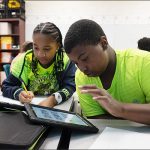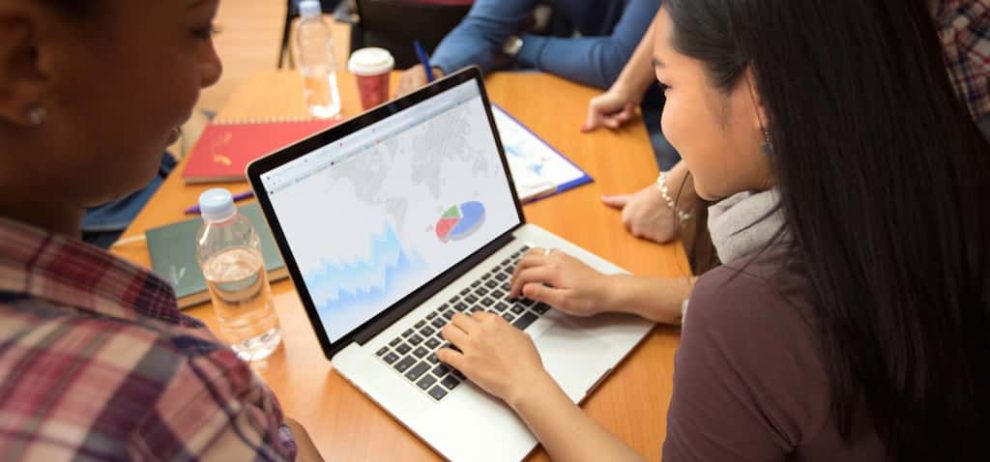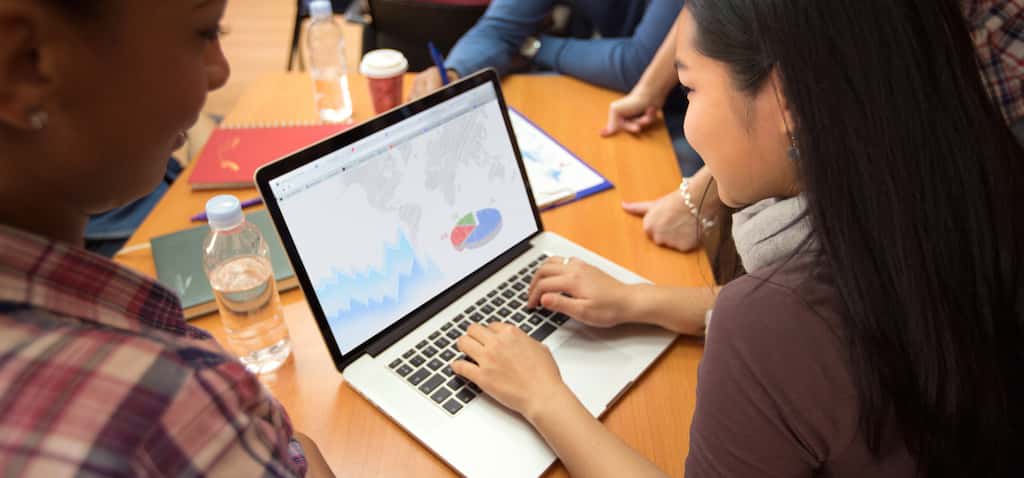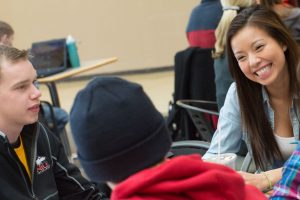Virtual learning provides flexible digital pathways for high school students to access engaging courses and personalized instruction. Online platforms allow schools to expand curricular offerings beyond their physical limitations. This article explores the widening landscape of virtual learning in high schools and strategies to leverage online options effectively.
Blended Learning
Blended learning combines online and in-person instruction, which is often highly effective for high schoolers. Some models include:
- Flipped classrooms: Students watch video lectures at home and apply concepts through projects in class.
- Rotation model: Students cycle between online and in-person stations for differentiated activities.
- À la carte model: Students take some traditional courses at school and supplement with virtual electives.
Benefits include flexibility, personalized pacing and access to multimedia content. According to research, “Blended learning models have proven effective at the high school level.” When purposefully designed, blended instruction engages adolescents.
Virtual Schools
Full-time statewide virtual schools provide complete online coursework often with asynchronous scheduling flexibility. This gives access to students who:
- Prefer learning independently or have health issues
- Pursue artistic or athletic careers requiring flexible schedules
- Require acceleration or remediation of credit
- Attend rural schools with course limitations
According to researchers, “Virtual schools effectively serve diverse students.” They expand access and choice by unbinding school from physical facilities.
Specialty Online Programs
Targeted virtual programs allow schools to offer specialized focus areas. For example:
- AP Academy for exam preparation and college credit
- Career training in IT, healthcare, or skilled trades
- STEM courses in computer science, engineering, and biotech
- High-level math and science electives exceeding on-site offerings
- Dual credit with community college courses
Virtual platforms remove barriers to high-level academics. Educational researcher Russell Rumberger states, “The mission of the American high school is to serve all students well.” Specialized online programs make that possible.
Digital Exchange Programs
Exchange programs connect classrooms to collaborate online across schools, districts, states and even countries. Students can:
- Engage in project-based learning with virtual peers
- Learn about diverse cultures and perspectives
- Practice foreign language skills through exchanges
- Develop global awareness and citizenship
- Form friendships through shared learning experiences
Research shows participating in exchanges “significantly benefits students’ global attitudes and worldviews.” Shared virtual experiences unite classrooms.
Individual Online Courses
Self-paced virtual courses allow students to take single electives or make up credits as needed. Options include:
- Foreign languages like Mandarin Chinese or Arabic
- Niche electives like photography, game design or music theory
- Credit recovery to retake failed courses required for graduation
- Acceleration to earn extra credits for early graduation
These customizable courses provide crucial flexibility. According to research, “Targeted online learning effectively addresses individual student needs.” Virtual options expand curricular variety.
Considerations for Quality Implementation
To implement virtual instruction effectively, schools must:
- Ensure equitable access to devices and connectivity
- Provide educator training on successful online engagement strategies
- Establish online protocols for discipline, academic integrity and digital citizenship
- Facilitate student-teacher relationship building in virtual contexts
- Monitor and address any equity or inclusion gaps that emerge
With thoughtful design virtual learning enriches education. As researcher Allison Powell states, “Virtual spaces have the potential to be inclusive spaces.” Schools must proactively foster engagement and community.
Conclusion
Virtual learning allows high schools to reimagine education by connecting students to digitally-enabled, personalized pathways tailored to meet diverse needs. From blended models to specialized academies to exchange programs, online options expand possibilities. Virtual effectively complements traditional methods when executed with sound pedagogical strategies grounded in understanding adolescent learners’ needs. Technology provides the tool, but human connection remains the vital ingredient for succes.

















